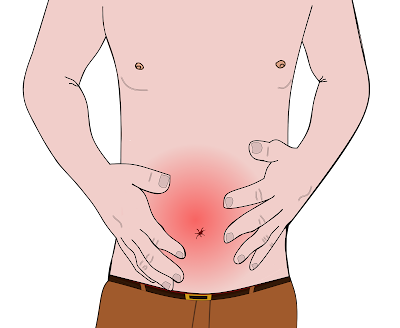One of the common cardiac problems that patients face is shrinkage in the arteries. For many of these patients, bypass surgery is recommended. For some, angioplasty is recommended. In angioplasty, blocks are removed through a technique called angiogram.
Dr. A. B. Gopalamurugan, a senior interventional cardiologist at Kauvery Hospital, explains that the treatment plan chosen for elderly patients should be one that improves the quality of life of the patient. He says that old people might undergo an open-heart surgery and come out of it successfully but what truly matters is if after surgery their quality of life has seen an improvement.
Angioplasty as an Alternative to Bypass Surgery
Dr Gopalamurugan explains that most of the surgeries he does, feature angioplasty with highly sophisticated techniques instead of bypass surgery. Earlier, bypass surgery was the only option available to patients but now this is not the case. Unfortunately, the fact that there is an option is not known to many people. He suggests that patients get an opinion from both a cardiologist and a cardiac surgeon to arrive at what is known as a heart team decision. This decision is one that has the best interest of the patient at heart. It is one which improves the symptoms of the patient and leads to an improved quality of life for the patient. It should also be the least invasive procedure. These three factors are of paramount importance while deciding on the treatment plan.
Read also Top 10 Reasons For Heart Attack
Overcoming a Few Myths
In today’s day and age, a majority of the patients are treated without bypass surgery. However, many people are still skeptical and believe that if there is a block in the main vessel or if there are three or more blocks then bypass surgery is warranted. Dr Gopalamurugan reassures that this is not true. He says that the results of angioplasty are very similar to bypass surgery and the quality of life that the patient leads after angioplasty is even better than after bypass. There is concurrence on this from all over the world.
However, he stresses that before opting for any procedure, patients should have a thorough discussion with their cardiologist or cardiac surgeon and then decide on the best course of action.
To watch Dr Gopalamurugan, explain the advantages of angioplasty click
Overcoming a Few Myths
In today’s day and age, a majority of the patients are treated without bypass surgery. However, many people are still skeptical and believe that if there is a block in the main vessel or if there are three or more blocks then bypass surgery is warranted. Dr Gopalamurugan reassures that this is not true. He says that the results of angioplasty are very similar to bypass surgery and the quality of life that the patient leads after angioplasty is even better than after bypass. There is concurrence on this from all over the world.
However, he stresses that before opting for any procedure, patients should have a thorough discussion with their cardiologist or cardiac surgeon and then decide on the best course of action.
To watch Dr Gopalamurugan, explain the advantages of angioplasty click








